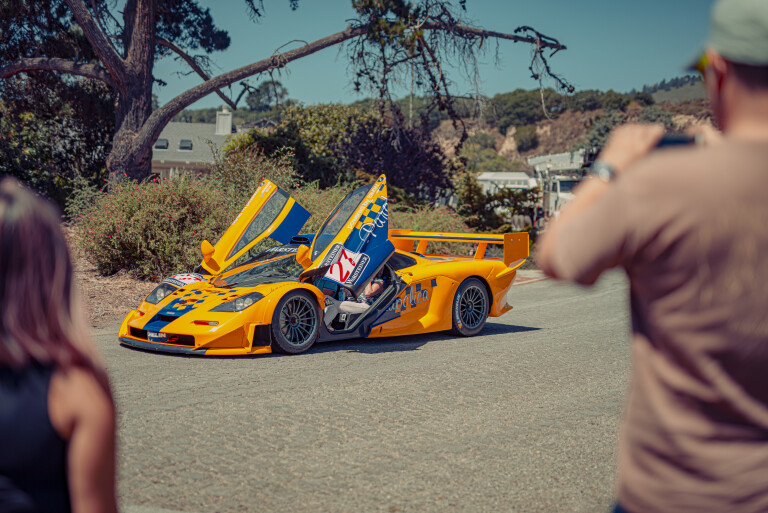
It used to be difficult to pick a classic car ahead of the pack, once calling for a deep understanding of a model’s history, lore and timely significance. Increasingly, however, you can get a sense of what’s beginning to bubble simply by what’s being posted by the many classic car accounts on Instagram and various social media.
There are countless accounts of their kind, and the most popular content will appear on more than one. So, when you begin to notice a pattern, or the spotlight being shone on a particular car that you haven’t seen much of recently, it can act as a good barometer of what’s grabbing the attention of the masses.
What’s interesting is the influence at play, as the hobby and aspiration of car collecting has seemingly undergone an explosion in popularity amongst a whole new generation. ‘A rising tide lifts all boats’ was a line often used to describe rising classic car values, but these days it feels more like watching a big wave surfer tackle the swells of Nazare, Portugal from the beach.

Of course, all corners of the market are red hot right now, but it’s the record-setting headline auction sales that feel more frequent and higher than ever before. Social media is a fantastic exploration and exposure tool when embarking on new hobbies or curiosities but, with so many new players in the game, are we letting the algorithms decide the next generation of classic cars?
The relatively recent global explosion of the late-model JDM sector is incredibly social-media fuelled amongst younger generations, and speaks to a wider and hugely prevalent collector culture that’s engulfing everything, from baseball cards to NFTs (non-fungible tokens), in its wake.
The air-cooled Porsche boom proliferated across the globe last decade in a similar fashion, fuelled by nostalgic and narrative-driven social media communities, attracting waves of new entrants to the classic car hobby.
Of course, it only made sense that the first car through the wall would be one of the most iconic sports cars of all time.

Perhaps that explains why certain models stand head and shoulders above their peers, for none of the reasons that would have distinguished a good classic from a great one in times past. I can accept that a Nissan Skyline R34 GT-R is ostensibly a $200k car today, but I would like to ask why?
Nissan nuts will tell me that the R34 boasted the lowest production numbers of all R-chassis GT-Rs, at 11,578 units produced between January ’99 and August ’02. Consider the B2 Audi Ur-quattro, however.
A more significant pioneer of AWD and turbo technology, with infinitely more motorsport provenance, of which Audi built (partly by hand) 11,452 over an 11-year production run. The local going rate for an Ur-Quattro is about $60k. Apples and oranges, I know, but a little perspective never goes awry when talking classic cars, and I can guess which car you’ve seen more of on Instagram lately.

Blue-chip international auction houses have clued in to the power of social media too, with high-profile lots subject to drip-feed press releases and stunning imagery rollouts.
What the infinite scroll doesn’t show are occasions where the same vehicle is brought to market multiple times with different auction houses. Often the results can differ based simply on who gives the vehicle a bigger media run. This can backfire, as it did with RM Sotheby’s hopeful auction of the Porsche Type 64 in Monterey 2019. It was meant to be the highlight of Car Week, one of the most publicised auctions at the time with estimates in excess of $20 million.
An auction floor blunder (was that 30 million or thirteen million?) killed bidding in its tracks. The lot was ended there and then, and ‘the very first Porsche’ hasn’t been heard of since.
Just like we tell the kids: don’t believe everything you see on social media. And if you happen to care, here’s my classic car buying advice. It’s simple: buy what you like.


COMMENTS